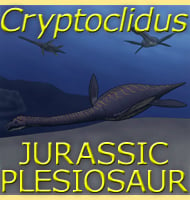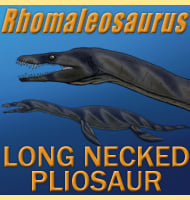Corosaurus
In Depth Originally described as a nothosaur, Corosaurus is now identified as a pistosaurid, a kind of sauropterygian reptile that is related to but separate to the true nothosaurs. The pistosauroids are established around the type genus pistosaurus, and it may have been these kinds of marine reptiles that were actually ancestral to the plesiosaurs … Read more



